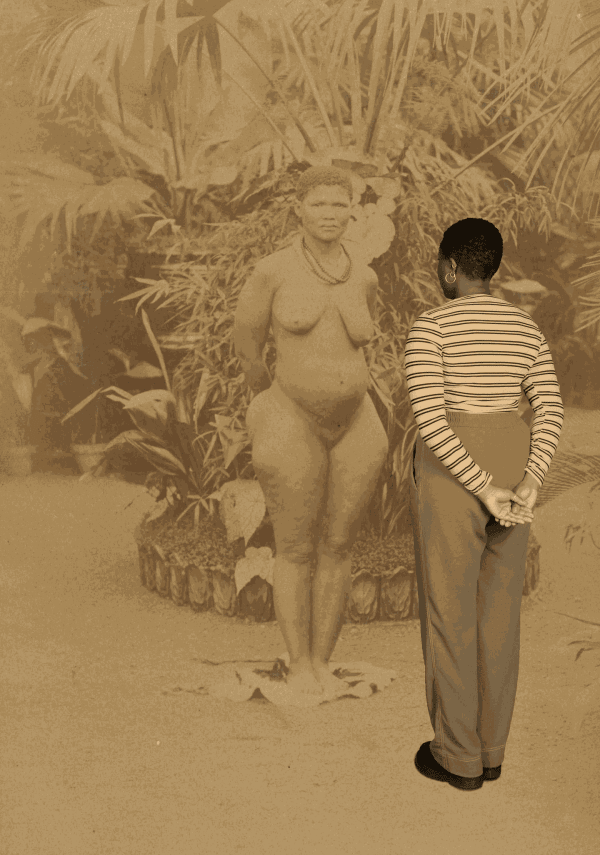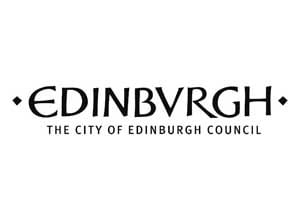-
 Tayo Adekunle, Acceptance of Duality, giclee print, 2024.
Tayo Adekunle, Acceptance of Duality, giclee print, 2024. -
 Tayo Adekunle, Guardian, toyobo polymer photogravure, 2024
Tayo Adekunle, Guardian, toyobo polymer photogravure, 2024 -
New Works
-
Adekunle's new work explores the importance of storytelling in heritage and cultural traditions. The fabric in which the figures are draped, as well as in the installation Scramble, represents the division of Africa between European powers.
The two Toyobo prints, Éṣù and Guardian, are of the figure of Éṣù, who is considered to be the guardian of gateways, pathways, and crossroads.
-
Reclamation of the Exposition
-
Works from Reclamation of the Exposition (2020) explore the commodification, fetishization and sexualisation of the black women’s bodies, specifically through the human displays in ethnographic expositions in the 18th and 19th centuries. The work is influenced by ethnographic photographs which were circulated as pornography. Black (and other racial minority) bodies were photographed either naked in front of a white background, stripped of their identity, or surrounded by random tropical plants to make the photographs seem authentic. Using self-portraiture and digital collage whilst drawing from Prince Roland Napoleon Bonaparte’s photographic collection ‘Boshimans et Hottentots’, the works combine the contemporary with historic ways of being seen. In the larger works, Adekunle turns herself into a spectacle, recalling the use of black people’s bodies for European entertainment.
-
Artefact Series
-
The smaller Artefact (2020) works see the artist placed alongside the women photographed in Bonaparte’s collection. In mirroring the stances of those photographed, Adekunle reflects on the ways in which the legacy of the treatment of these women and women like them exists today.
-
 Yemoja, giclee print, 2021
Yemoja, giclee print, 2021 -
Tayo Adekunle’s residency and exhibition are supported by the British Council. We would also like to thank Hahnemühle for supporting the production of Tayo Adekunle's work.


27 Jul - 10 Nov 2024




















